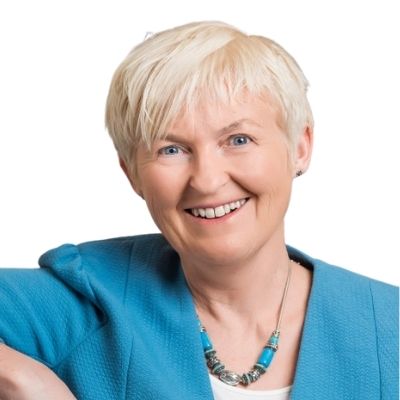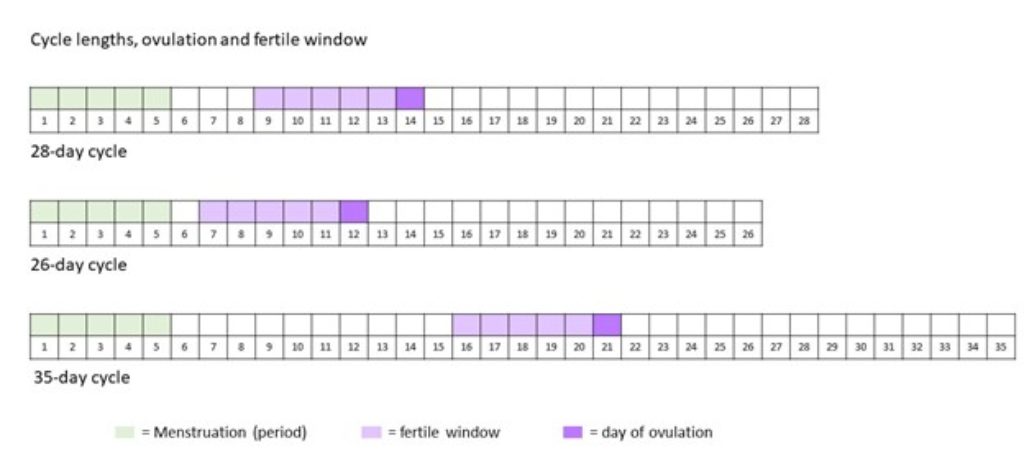In this latest installment from her book “The Fertility Handbook”, Prof Mary Wingfield explains how to understand a woman’s fertile window, the optimal time in the female cycle to try for a pregnancy.
“Over the last 20 years much research has been done on ovulation and what is called the ‘fertile window’. This is a period of about six days starting five days prior to ovulation and ending on the day of ovulation and is the time when pregnancy is most likely to happen. While an egg only stays capable of being fertilised for about 12 hours after ovulation, we know that healthy sperm can remain actively motile and capable of fertilising an egg for at least 72 hours (three days) after intercourse. So if a couple have sex a few days before ovulation that is still sufficient for them to conceive because the sperm will be healthy and ‘sitting there’ waiting for the egg to arrive. Sex a few days after ovulation is, however, too late because the egg will have deteriorated too much. It has been shown that over 80% of pregnancies happen when the couple have sex on the day of ovulation or in the five days leading up to ovulation. There is therefore generally a six-day fertile window.

An average woman’s menstrual cycle is typically 28 days, counting from the first day of her period (day 1) to the first day of her next period.
For example: if a woman with a 28 day cycle has a period starting on 1 January, her next period is expected on 29 January and the one after that on 26 February. In such a cycle, ovulation occurs approximately 14 days before the anticipated next period, so on a 28-day cycle that is approximately day 14. For the woman above that would be 14 January, 11 February, 10 March. This woman’s six-day fertile window would therefore occur from 9 to 14 January, from 6 to 11 February and from 5 to 10 March.
But women are not machines, so the length of their menstrual cycles can vary a lot. If a woman has a 35-day cycle, ovulation occurs 14 days before the end of her cycle, which would be around day 21. For this woman the fertile window would be the six days ending on that day, i.e. days 16–21. If a woman has a 26-day cycle, ovulation would occur around day 12 and her fertile window would start on day 7.
What actually happens is that most women tend to have slightly varying cycles, so it would be perfectly normal for a woman to have a 26-day cycle one month and a 32-day cycle another month. We generally assume that any variation up to about seven days is completely normal.
For a woman with varying cycles it can be difficult to predict the time of ovulation, so it is recommended that she observes her cycle for three or four months, noting the time of her periods. She can then work out approximately when her fertile time is likely to be. But in order to cover long and short cycles, she might need to have a ten-day window when it is important to be having sex if she is trying to conceive.
Generally, if a woman’s cycle is between 26 and 35 days, if she has sex between days 8 and 21 of her cycle she will catch the fertile window.”
